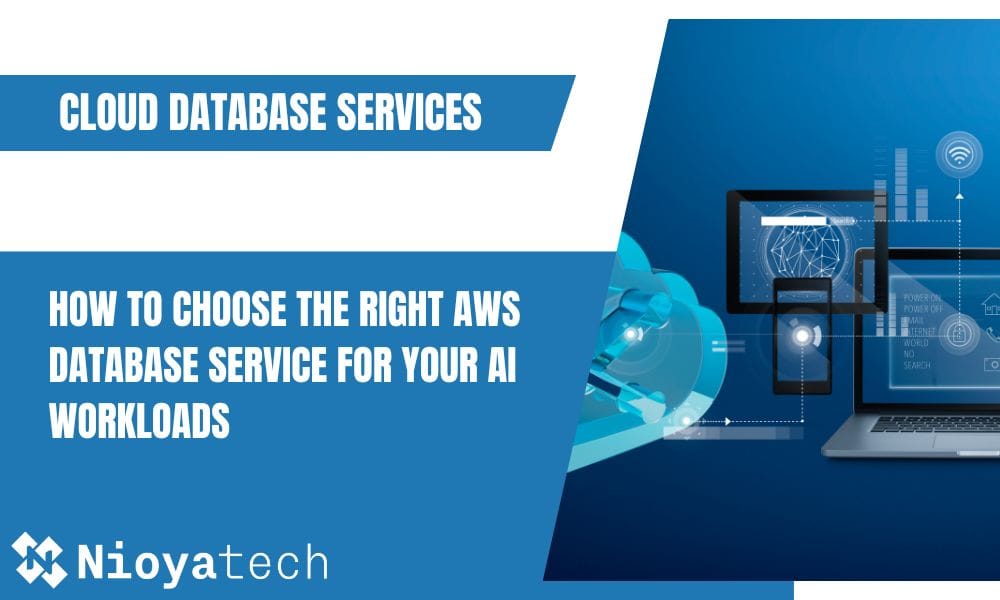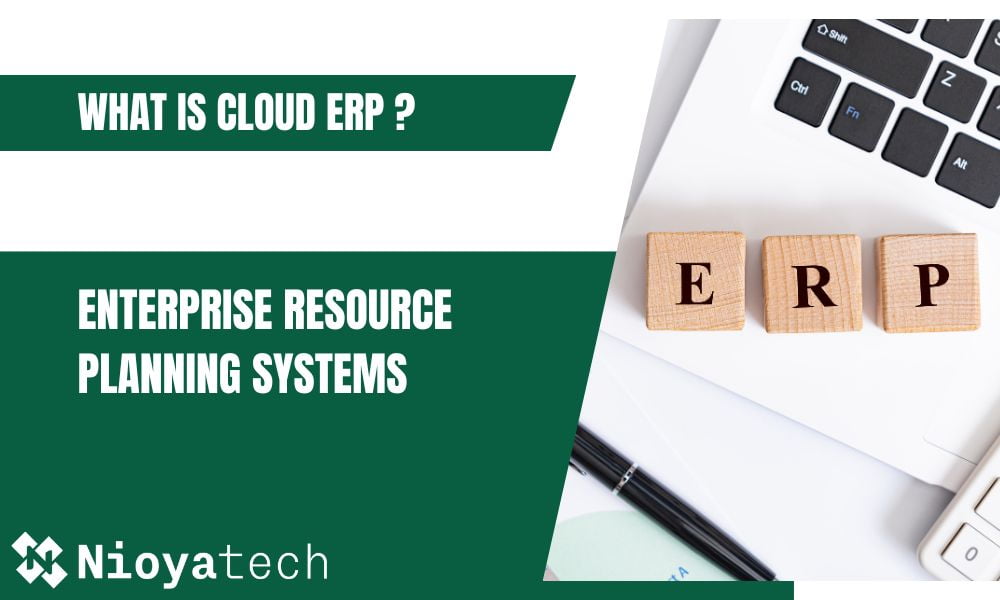While more and more businesses are adopting cloud services, many of them lack a comprehensive cloud strategy. Without a solid roadmap, organizations cannot reach their goals in this journey. A lack of an effective cloud strategy causes the majority of problems in the cloud. Since these problems in companies are thought to originate from the cloud itself, the adoption process is beginning to be questioned. And those issues are becoming increasingly pressing.
In this article, we will discuss how an effective cloud strategy guarantees fewer roadblocks along cloud adoption while optimizing business benefits.

The Scope of an Effective Cloud Strategy
A cloud strategy explores and outlines the role of IT infrastructure in the organization, and how this setup can be transferred to the cloud. Organizations that have a cloud strategy are more likely to benefit from this transformation than those that do not. They foresee both the benefits and probable drawbacks of using it, seeking to maximize the benefits while limiting the drawbacks.
A cloud strategy is a roadmap that describes best practices, technologies, and services to use. Cloud adoption is an essential tool for companies trying to deploy and improve their operations. A cloud strategy must be established, whether for cloud migration or the existing systems.
To summarize, cloud strategy is a guide that enables a company to balance the essentials of services while minimizing risk exposure and maximizing usefulness. It also improves the visibility and branding of a cloud service. However, the process of managing internal and external services can become daunting. However, a lack of it can leave any cloud service provider with less guidance, higher maintenance costs, and a poorly configured environment, ultimately driving away cloud service consumers.
What Should a Cloud Strategy Include?
A roadmap for cloud strategy is a plan that defines the major phases and activities you’ll take when adopting a cloud solution. It explains the many tasks involved in the cloud implementation process and provides a path to assist you to achieve your goals. To maximize the benefits, it is also necessary to establish an appropriate cloud computing economics strategy.
To Create an effective cloud strategy roadmap, begin by allocating your strategy to critical priorities:
Identifying the current situation
Reorganization of current teams
Identifying the skills needed to support your systems
Determining the Key Performance Indicators necessary to be successful
Why is Cloud Adoption Important?
Cloud computing is a great method for companies to boost and improve their general efficiency while also skillfully handling the constantly changing business market. Cloud adoption is the requirement of the age since it has unlimited features to give to companies of all sizes, however, when you look at the larger picture, local firms may profit more from Cloud.
As a result, embracing the cloud can be quite helpful not only for big enterprises but also for start-ups. This approach not only improves corporate efficiency but also measures the much-needed adjustments in business models. Cloud computing has solved all of the problems faced by enterprises and provides an easy way to reach all technology benefits without incurring infrastructure fees.
To reap the full benefits, businesses must implement a comprehensive cloud strategy. This strategy needs different approaches for big enterprises and startups. In this article, we will explain two different cloud strategy frameworks, one for big enterprises and other for startups.
Cloud Strategy Framework for Enterprises
There are numerous cloud strategies to pick from, but your ultimate plan should correspond with your business’s demands and scalability potential. According to The Gartner Cloud Strategy Roadmap to develop the perfect plan you should focus on 3 main points: “Reason”, “Vision” and “Execution”. This roadmap should include a well-designed cloud migration plan that covers these three main issues.
Reason
Why is this change necessary?
“Many firms are migrating to the cloud for day-to-day operations, and we should do the same.” If your approach is something like that you are in the wrong way. First, you should determine why a change like that is necessary. Identification of the source architecture is the main output of this step.
Examine your existing IT infrastructure. Make a list of the items and units you currently use. Identify which ones are crucial to the functionality of your business. Evaluate which software components can be transferred as-is to the cloud. Estimate how much finance you can invest in the transition and when the investment should return.
Vision
What is the desired outcome?
Cloud technology generally allows businesses to expand and adapt at a rapid pace, boosting performance and scalability, increasing efficiency, and lowering costs. This can help firms contribute to improved, long-term growth. After analyzing your organization’s IT structure, you should reveal the benefits you will gain from such a digital transformation.
With every digital transformation transition in a business, it is critical to identify the goal and the waypoints along the cloud journey. Each application has several possible targets, and cloud computing deployments will include a combination of them. Before proceeding with the execution, you should define the target architecture and identify service providers.
Execution
How are we going to get there?
You must define your cloud strategy roadmap in order to create early technical plans, confirm your workloads are functioning as intended, estimate migration expenses, and move with minimal business effect.
You can create a scorecard for applications and services collaboratively, involving teams responsible for business, application and service development, and infrastructure, in order to prioritize work that can deliver significant performance improvements or cost savings. The criteria you intend to include in your scorecard;
Dependencies
Security controls
Required data
Technical architecture
The time and effort necessary to change the code
System configuration
The price of cloud-deployment solutions
The challenges associated with migration
For cloud migration, there are two well-known models to implement in your cloud strategy. The first is Gartner’s 5-Rs model, which describes all migration options, and the second is AWS’s 7Rs model (when initially announced, it was 6Rs), which Gartner’s model is based on. According to AWS literature, the 7-Rs model contains the following strategies:
Refactor,
Replatform,
Repurchase,
Rehost,
Relocation,
Retain,
Retire.
According to your company’s current infrastructure choose an appropriate strategy to execute cloud migration.
Another major objective here is to complete your migration with as little disturbance to normal operations as soon as possible. If your data goes unreachable to people throughout the migration, your company operations may suffer. The same is true after the first migration when you continue to sync and upgrade your systems. Before migrating another workload element, each individual workload element should be proven to operate in the new environment. You’ll also need to figure out how to synchronize changes made to the source data while the migration is in progress.
One of the first measures on your cloud journey is migration. When you arrive, make sure your environment is properly configured to optimize your activities.

Cloud Strategy Roadmap for Startups
Startups must build a new company from scratch. With a limited budget running their operations in the cloud is the best option for meeting their IT infrastructure needs. Cloud computing services enable you to create the core business processes required for success.
A well thought-out decision-making strategy to manage their cloud journey is a must. The absence of a cloud strategy to address how your company will operate using cloud services can significantly increase risks such as task management and resource misalignment.
List the Reasons for Cloud Adoption
Compare and list the benefits, that can your startup gain from the cloud.
Cloud computing and outsourcing IT services are being used by start-ups that want to avoid large initial investment costs. It can be argued that, rather than having cloud services, getting them as a service and using the “pay as you go” model is a more appealing option, particularly for small and newly established businesses.
List the Risks Associated with Your Cloud Strategy
For your enterprise, the 3 main risks of Cloud computing are
1. Data security
2. Operations
3. Finance
Keeping your data secure is the main goal of cloud security. Data loss, leakage, or unavailability can all be associated with data security and regulatory risk. This can result in business disruption, revenue loss, reputational damage, or regulatory noncompliance.
The execution of IT services and tasks on which the business relies can be associated with operational risk. Cloud will require the role and responsibilities of in-house IT professionals. Cloud computing has also brought to the forefront a new approach known as DevOps. You should decide whether to have Cloud and DevOps staff or outsource them from cloud solutions companies.
Financial risk can be associated with overspending and loss of revenue. Managing cloud expenditures necessitates a level of focus, ability, and technology.
Select the Cloud Model to Implement
You can choose how you want to use the cloud for managing your workloads based on the level of flexibility, control, and management you require. Cloud service providers have 3 main computing service models:
IaaS (Infrastructure as a Service),
PaaS (Platform as a Service)
The service model should achieve your business objectives. It is necessary to decide on the right model by revealing the advantages and disadvantages of cloud models. Defining your cloud strategy clearly will help you choose the right model and reduce the errors that may arise in the implementation process.
Multi Cloud Strategy for Businesses
Flexibility and Vendor Lock-In
Risk Mitigation
Performance and Scalability
Cost Optimization
Geographic Distribution
Conclusion
The cloud is not a magic wand that will solve all of your problems immediately. You must still invest in and manage your applications; however, it provides a significant advantage that is not possible when building on-premises.
Cloud computing needs a comprehensive approach and experience. Nioyatech’s Cloud infrastructure management solutions can help your company’s cloud journey.






